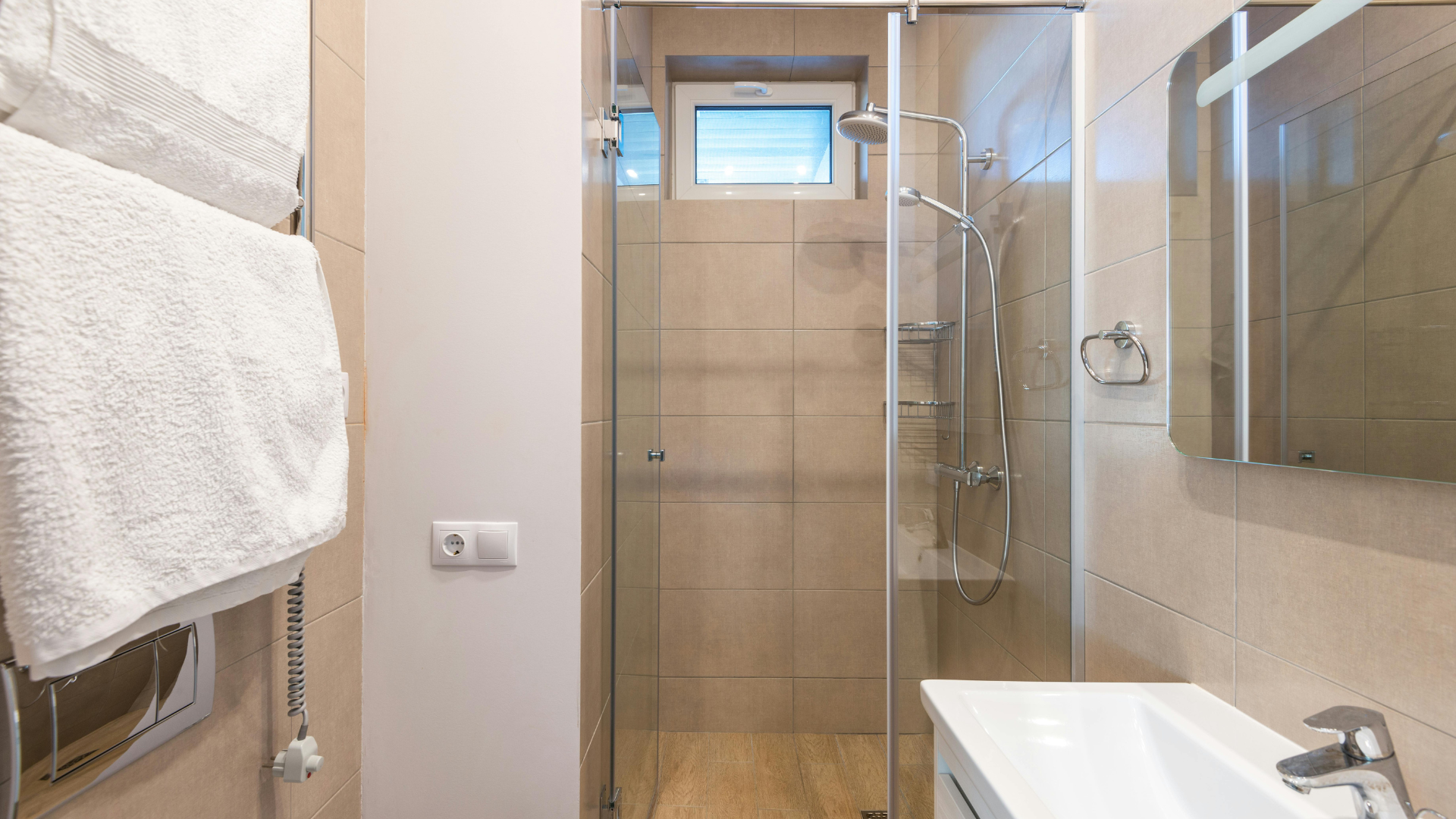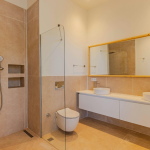Our bathrooms are shrines, places where we begin and end our days. But they can also become breeding grounds for moisture, mold, and unpleasant odors if they are not properly ventilated. A well-ventilated bathroom is crucial for maintaining a healthy home environment and protecting your family's well-being. This blog post will take a closer look at the importance of bathroom ventilation, exploring its benefits, different ventilation methods, and ways to keep your bathroom fresh and healthy.
The Moisture Problem: Why Ventilation Is Important
Every time you shower or bathe, a significant amount of moisture is released into the air. This moisture, in the form of steam and humidity, can linger in the bathroom, especially if there is insufficient ventilation. Over time, excessive moisture leads to several problems, including:
- Mold and mildew growth: Humid environments are ideal for mold and mildew to thrive. These unwanted guests can grow on walls, ceilings, grout, and even behind tiles, leading to unsightly stains, musty odors, and potential health problems. Mold spores can cause allergies, asthma attacks, and other respiratory problems.
- Structural damage: Excessive moisture can soak into walls and ceilings, which can damage drywall, insulation, and even the structural integrity of your home. This can lead to costly repairs in the future.
- Unpleasant odors: Trapped moisture contributes to the development of musty and dank odors that can permeate the entire house.
- Health risks: High humidity levels can exacerbate respiratory problems and create an environment conducive to the growth of bacteria and dust mites.
The solution: effective bathroom ventilation
Right Bathroom ventilation is the key to combating these problems. It works by removing moist, clammy air and replacing it with fresh, dry air. This helps control humidity, prevent mold growth, and eliminate unpleasant odors. There are several methods of bathroom ventilation, each with its advantages and disadvantages:
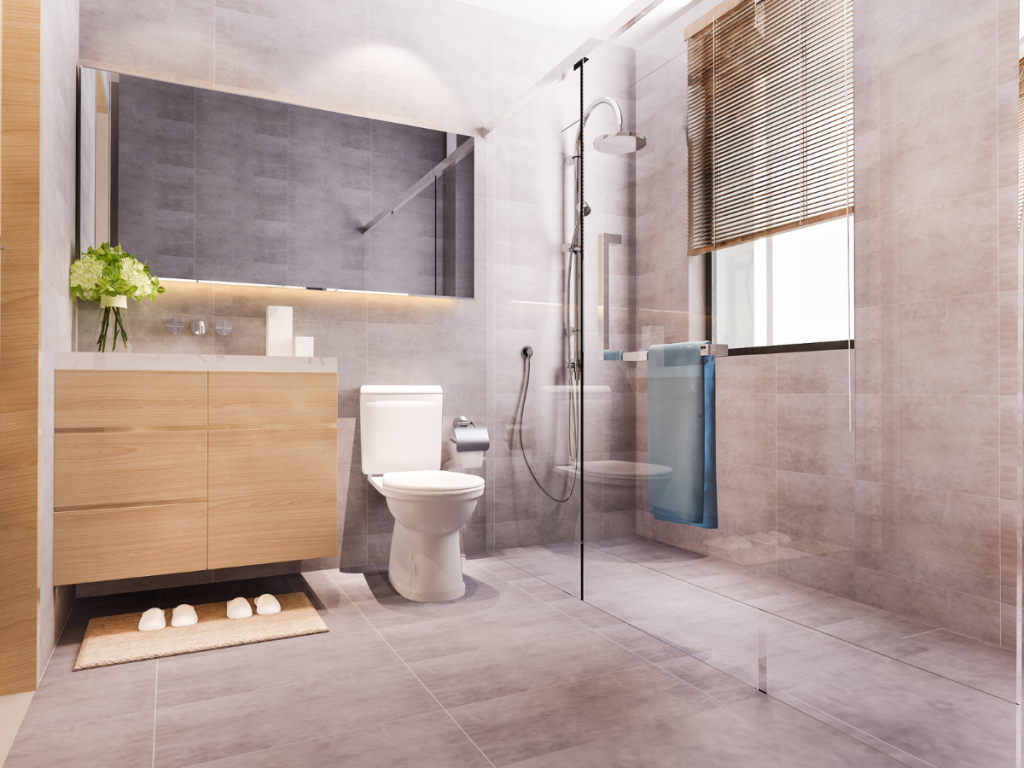
1. Exhaust fans
Exhaust fans are the most common and effective method of bathroom ventilation. They work by expelling moist air and blowing it out. When choosing an exhaust fan, consider the following:
Fan size and airflow: The size of the fan should be appropriate for the size of your bathroom. Airflow is measured in cubic meters per hour (m³/h). A rule of thumb is to have a fan that can refresh the air in the bathroom at least eight times an hour. For smaller bathrooms, a fan with 85 m³/h may be sufficient, while larger bathrooms may require 170 m³/h or more.
Noise level: Exhaust fans can be noisy. Look for a fan with a low sone value (a measure of loudness). A value of 1.0 or less is considered silent.
Functions: Some exhaust fans come with additional features, such as humidity sensors that automatically turn on the fan when the humidity rises, or built-in lighting.
2. Windows
Opening a window after a shower or bath can help ventilate the bathroom. However, relying on windows alone is often not enough, especially in humid climates or during colder months. Estimate are a good supplemental ventilation method, but they shouldn't be your primary means of moisture control.
3. Natural ventilation
Natural ventilation, such as through open doors or ventilation grilles, can play a small role in air circulation. However, it is not as effective as mechanical ventilation (exhaust fans) and should not be relied upon as the only ventilation method.
4. Dehumidifier
Dehumidifiers can be used to remove excess moisture from the air, but they are not a substitute for exhaust fans. They can be a useful addition in bathrooms with persistent moisture problems, but they consume energy and require regular maintenance.
Tips for effective bathroom ventilation
- Run the exhaust fan during and after showering or bathing: It is important to run the fan for at least 20 minutes after you are finished to ensure that all moist air is removed.
- Keep the bathroom door closed while the fan is running: This helps to trap the moist air and allows the fan to work more efficiently.
- Clean the exhaust fan regularly: Dust and dirt can accumulate on the fan, which reduces its effectiveness. Clean the fan blades and grille at least once a year.
- Ensure proper installation: A properly installed exhaust fan is essential for effective ventilation. If you don't feel comfortable installing it yourself, hire a qualified electrician or contractor.
- Check for blockages: Make sure that the drain duct is not blocked by insulation or other debris.
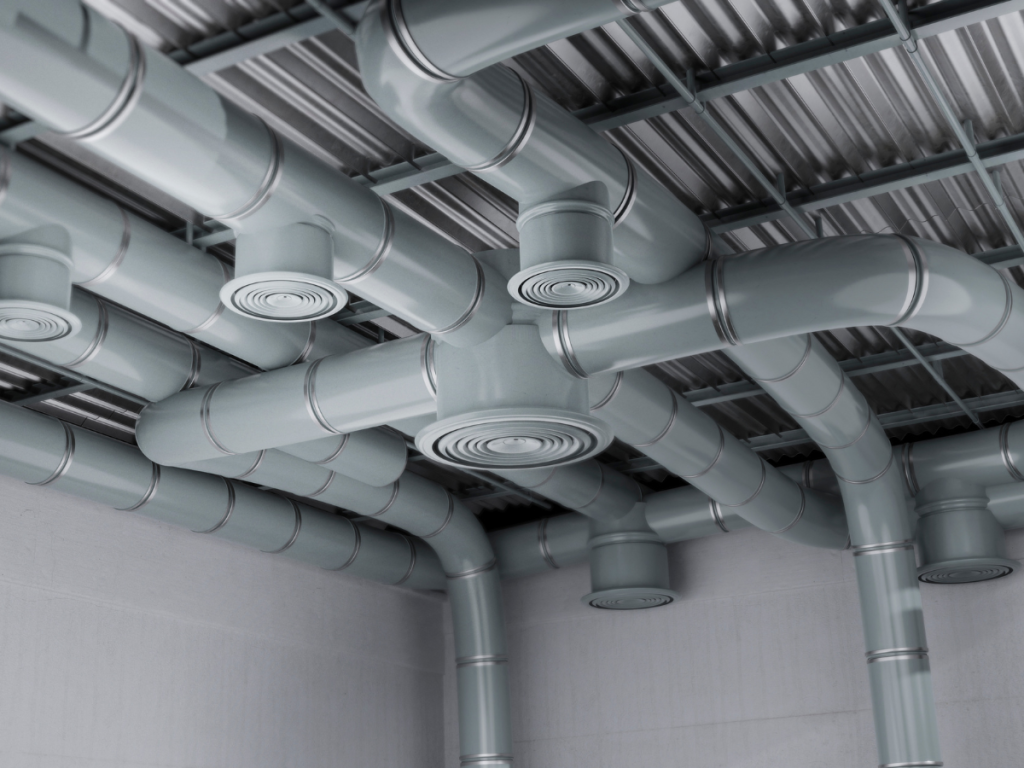
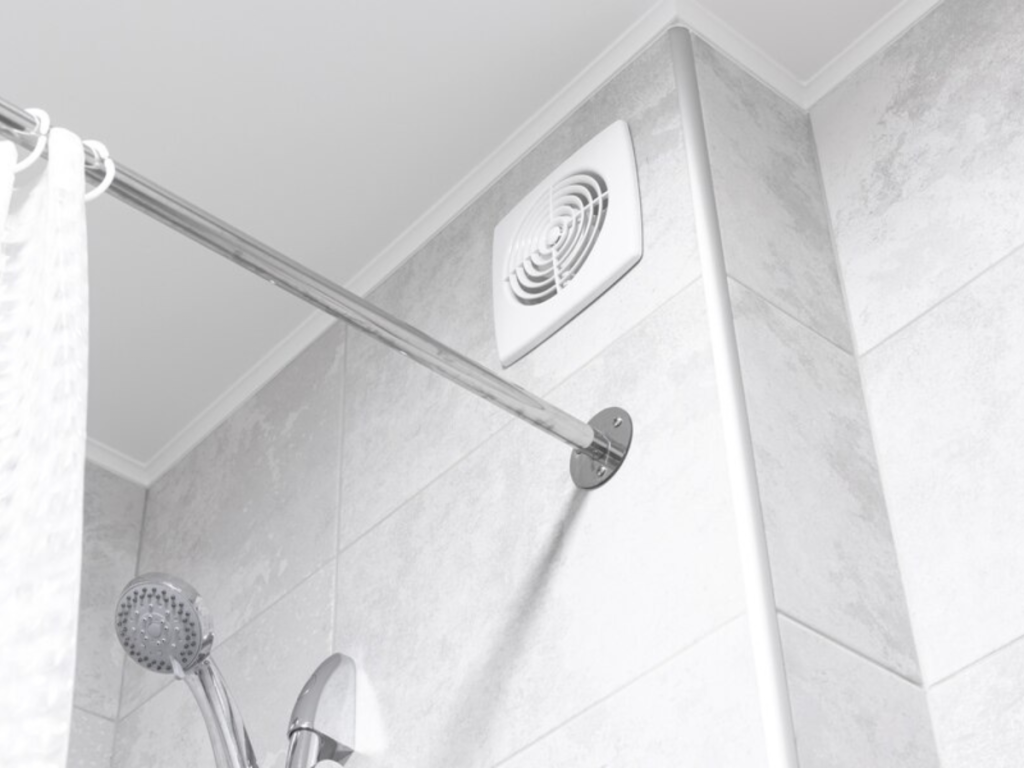
Choosing the right ventilation system
The best Ventilation system for your bathroom depends on several factors, including the size of the bathroom, the climate you live in, and your budget. Consulting with a professional contractor or HVAC specialist can help you determine the most suitable solution for your needs.
Outside the bathroom
Although this blog focuses on Bathroom ventilation , it's important to remember that good ventilation is crucial throughout the house. Kitchens, laundry rooms, and other areas that are prone to moisture buildup also require adequate ventilation to maintain a healthy indoor environment.
Frequently asked questions
How can I tell if my bathroom fan is working properly?
A simple test is to hold a piece of toilet paper near the fan. If the fan is working, it should hold the toilet paper against the grille.
How long should I run my bathroom fan after a shower?
It is recommended to run the fan for at least 20 minutes after you have finished showering to remove all moisture.
Can I install a bathroom fan myself?
If you have basic knowledge of electricity and are comfortable working with wiring, you may be able to install a bathroom fan yourself. However, if you have any doubts, it is better to hire a qualified electrician.
What is a good m³/h value for a bathroom fan?
The correct m³/h value depends on the size of your bathroom. A rule of thumb is to have a fan that can refresh the air in the bathroom at least eight times an hour. Consult online calculators or HVAC professionals for accurate recommendations.
Are there any other ways to reduce damp in my bathroom?
Yes, you can take shorter showers, use a squeegee to remove water from shower walls and doors, and provide good insulation to minimize condensation.
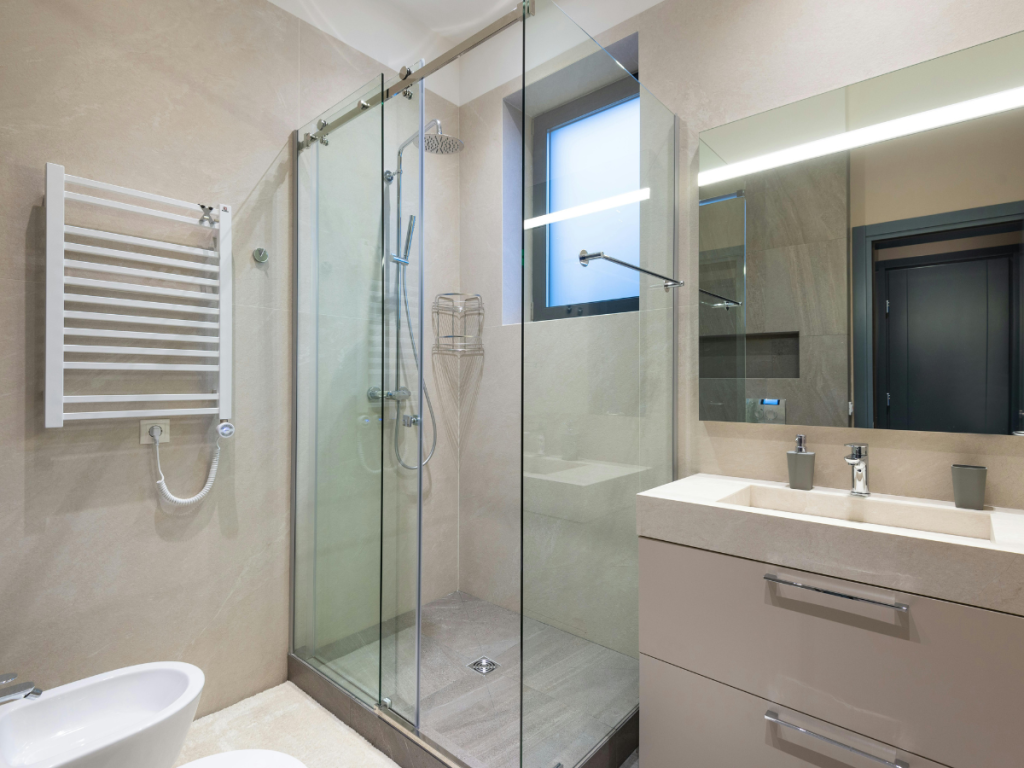
Role of ventilation in a bathroom
Good bathroom ventilation is not just about comfort; it's about health. By effectively removing moisture and humidity, you can prevent mold growth, protect your home from structural damage, and create a healthier living environment for you and your family. Investing in a good quality exhaust fan and adopting good ventilation habits are essential steps in maintaining a healthy and happy home. Don't underestimate the power of fresh air – it's an essential ingredient for a healthy bathroom and a healthy life.
Visit Bathroom And Kitchen Real Estate Agent for more expert tips and advice!

